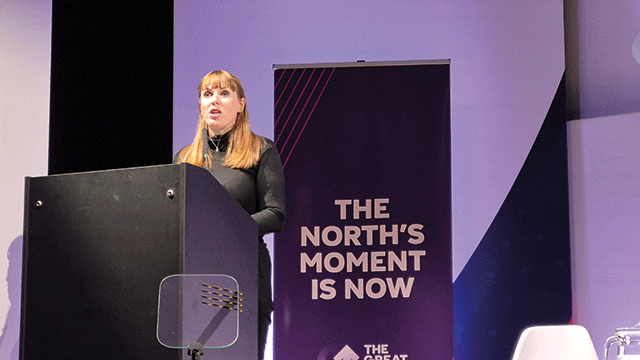Spun-off last September by construction giant Skanska, Drott immediately bought a major rival to become Sweden’s largest property company
Drott was launched onto the Stockholm stock exchange in September last year in the midst of a takeover battle with rival quoted property company Näckebro.
By October, Drott had won the battle; Näckebro was delisted the following month.
The merger of the two entities has created the largest quoted property company in Sweden: the pro forma book value of “New Drott’s” portfolio at 30 June last year was SKr 17.4bn. The portfolio comprised around 500 properties totalling some 2.9m m2. The rental income, based on December 1997 figures, was SKr 2bn.
About half the rental income is derived from offices, a third from residential and the remainder from retail and other properties. Nearly 40% of the portfolio, by floor area, is in Stockholm, 16% in Gothenburg, 19% in the Oresund region around Malm”, 19% throughout the rest of Sweden, and 8% overseas.
The origins of Drott go back as far as 1898. The company was floated in 1901 and acquired by Skanska in the late 1970s. The current company Drott Group was formally established in January last year as a vehicle for hiving off the bulk of Skanska’s investment properties. There were around 180 different assets, with a rental income of SKr 1.3bn.
The takeover of Näckebro was a bold defensive move, after three institutional Drott shareholders sold their 10.7% stake to Näckebro under futures contracts in September. Näckebro announced its intention to acquire Drott, and the Drott management responded by launching a counter offer for Näckebro at a 32% premium to the share price.
The assets were nevertheless acquired at a discount to their book value: Drott paid SKr 141 per share, compared with a book value for the property of SKr 150.
The purchase of Näckebro was financed by bank borrowings, and achieved one of Drott’s major objectives, which was to reduce its equity to assets ratio. As a virtually debt-free company before flotation, shareholders, equity was some 87% of total assets at June 1998.
Such a high ratio was uneconomic: with a stable cashflow from residential rents, the gearing could be increased without adding substantial risks, and interest payments would be tax deductible, easing the tax bill. After the merger, the equity-to-assets ratio was forecast to fall to around 28%.
The Drott portfolio is split into three subsidiaries: Drott Residential; Drott National, which owns offices and retail property outside the principal markets of Stockholm, Gothenburg and Oresund; and Drott Office, which owns large office buildings principally in Greater Stockholm.
The acquisition of Näckebro brought some 20 overseas properties worth SKr 3bn into Drott. These were in the UK, the Netherlands, Belgium, Luxembourg, Germany and Norway. One major asset, Southside in London’s Victoria, was sold in the second half of last year for SKr 1bn, generating a gain of SKr 40m.
The overseas portfolio will be sold “when the time is right” according to Drott director Johan Nordenson. Drott is looking at ways to maximise the value before it offers the properties for sale, adds Nordenson.
|
Six months to June, pro-forma (SKrm) |
1998 |
1997 |
|
rental income |
1223 |
2455 |
|
operating expenses |
(351) |
(721) |
|
capital gains |
200 |
(7) |
|
pre-tax profit |
345 |
563 |
Drott AB
Nybrogatan 57a
SE 114 85
Stockholm
tel +46 8 545 830 00
fax +46 8 545 830 96
www.drott.se










